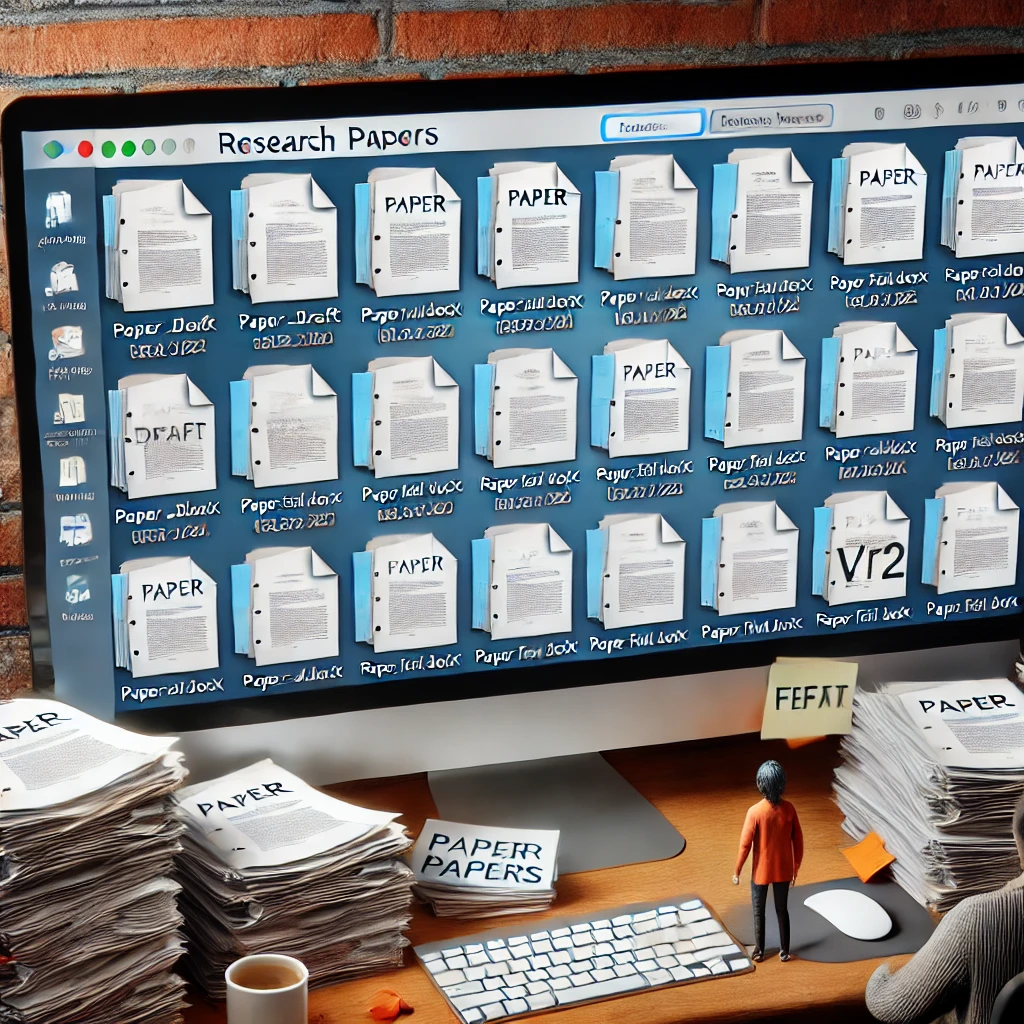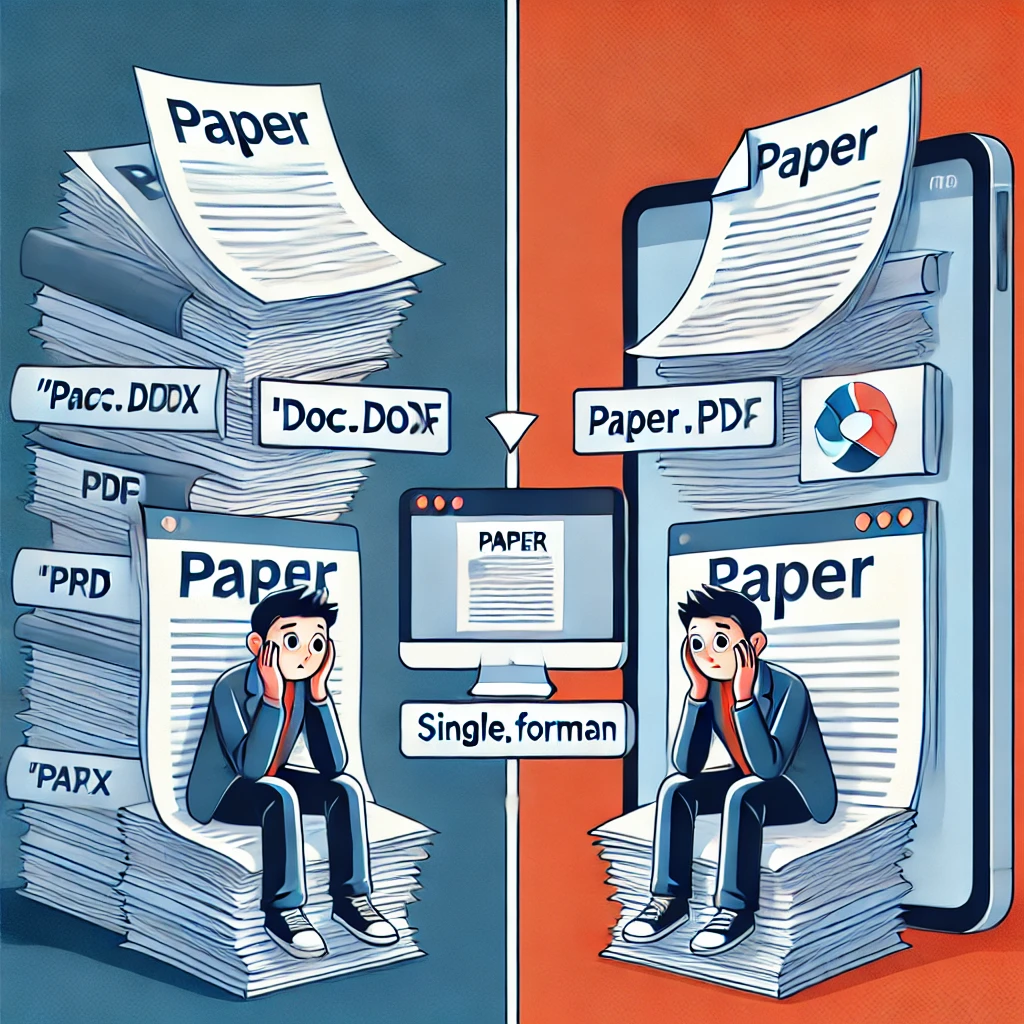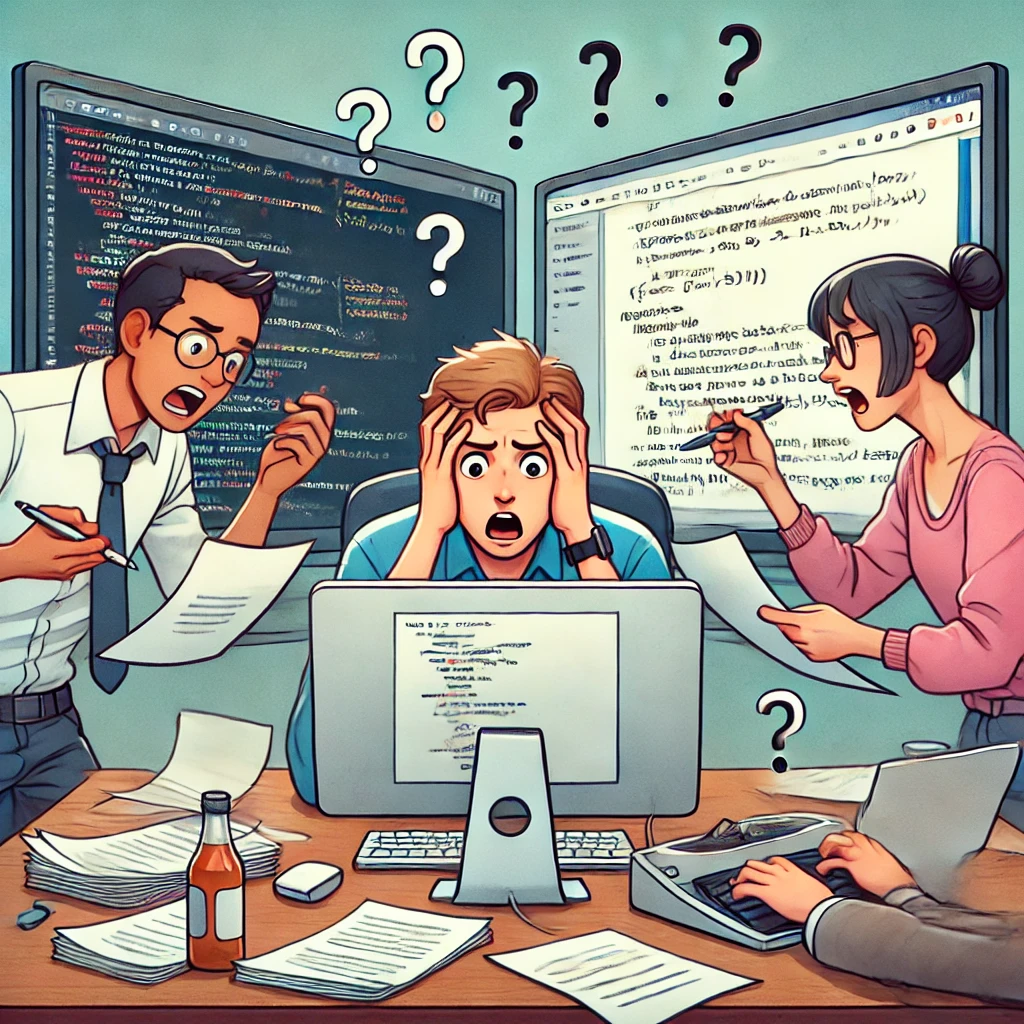What Grad Schools Don’t Teach You
Tools for Transparant and Reproducible Research
Nithin M
Naveen Hari
Welcome
“Writing good code is part of doing good research.”
— Konrad Hinsen
About Us

Nithin M
Assistant Professor, Kerala Agricultural Univeristy &Doctoral Student, Economics
🎓 Indian Institute of Technology Kharagpur
Naveen Hari
Doctoral Student, Economics
🎓 Texas A&M University, USA
About You
- Research Scholars
- Academicians
- Your current workflow:
- manually save multiple versions of the same file
- rely on copy-pasting results
- struggle with collaboration across different tools
- analysis in STATA/SPSS , write in Word, communicate via email
Disclaimer
- Research is not equivalent to expertise in tools
- However, knowing these tools can save time
Collaborative Research/Thesis/Dissertation
Imagine:
- You’ve written a research draft and want feedback, so you email draft.docx.
- I add comments, make changes, and email you back draft_Nithin_comments.docx.
- You incorporate suggestions, add more sections, and send me draft_v2.docx.
- After a few more rounds, we end up with draft_v5_final_FINAL.docx.

Messy Folder Example
- “How many of you have experienced this?”

Multi-Format Problem
- Different versions of the same file in multiple formats
- Hard to track changes and collaborate efficiently
- Example: ‘paper.docx’, ‘paper.pdf’, ‘paper.tex’, ‘paper_final.docx’

Collaboration Challenge
What if there was a better way
- Automate documentation & results
- Use version control for tracking changes
- Ensure full reproducibility with open tools
Outcome - Reproducible Research
Why Reproducibility Matters ?
- Replication crisis: Cases where results didn’t hold
- Top journals now require code submission
- American Economic Review (AER)
- The Economic Journal
- Econometrica
- Even Research Associate positions now require fully reproducible code, including directory structure, even in Stata.
- Reproducibility = Transparency + Accountability
Aspects of a Reproducible Research Project
- 🗂 Well-structured project folder
- 🧾 Documented workflow
- 🔁 Version control
- 💻 Executable code
- 📦 Environment capture
- 📜 Literate programming
- 🧪 Verifiable results
Well-Structured Project Folder 🗂
- Think of it as your project’s “home” — neat, predictable, and intuitive
- Clear separation of:
data/: raw and processed datasets
scripts/: cleaning, analysis, visualization
output/: tables, plots, reports
docs/: draft reports, manuscripts
- Helps others (and future-you) navigate with ease
Documented Workflow 🧾
- Explain what was done, why, and how
- Use:
README.mdfor project overview
- Code comments & inline notes
- External documentation tools like Quarto or R Markdown
- Think of it as a research diary: future collaborators or reviewers should not guess
Version Control 🔁
- Use Git to track edits over time:
- Who changed what, when, and why
- Enables:
- Rolling back mistakes
- Collaborating without overwriting
- Tracking evolution of ideas
- Rolling back mistakes
- Tools: Git + GitHub/GitLab/Bitbucket
Bonus: GitHub also gives you cloud backup & sharing
Executable Code 💻
- Good research should not rely on manual steps, clicks, or copy-pasting results into Word
- Proprietary tools like SPSS, and Excel often encourage point-and-click workflows
- Difficult to track what was done
- Not easily repeatable or auditable
- Risk of human error
- Difficult to track what was done
Solution: Scripted, Reproducible Workflows
- Write reusable scripts in R or Python
- Generate outputs programmatically:
- Tables
- Figures
- Summary statistics
- Tables
- Use tools like Quarto or Jupyter Notebooks to combine code and documentation
Environment Capture 📦
- A key limitation of proprietary software:
- No control over versions or environments
- Can break silently after updates (e.g., Stata 15 → 18)
- License restrictions limit collaboration & sharing
- No control over versions or environments
Why Capture Environments?
- Ensures your analysis runs the same way tomorrow as it does today
- Makes your project portable across machines and collaborators
- Journals now ask for full reproducibility (including code + setup)
This is your project’s time machine — essential for long-term reproducibility
Literate Programming 📜
- Combine code + results + narrative in one file
- Tools:
Quarto,R Markdown,Jupyter
- Advantages:
- No copy-paste errors
- Easy to update plots, stats, tables
- Great for reports, theses, papers
- No copy-paste errors
Write papers the way you write code: integrated, versioned, transparent
Verifiable Results 🧪
- Can someone rerun your project and get the same output?
- What’s needed:
- Raw data (or access instructions)
- Code/scripts
- Clear instructions or README
- Raw data (or access instructions)
- Use reproducibility checklists (e.g., AER, JDE)
- Consider sharing via GitHub, OSF, Zenodo
This is the ultimate test of credible research
Challenges
- Learning curve for Git & Quarto
- Institutional/personal resistance
Way Forward
- Start small: Track one project in Git
- Try writing a Quarto report
- Shift from proprietary to open-source tools
- Encourage colleagues to embrace reproducibility
Questions
https://nithinmkp.github.io/ysi-economiga/